BOOKINGS NOW OPEN
Tupungato is a stratovolcano located in the Central Andes at the border between Argentina and Chile. Tupungato is 6570 meters high and the tenth fourth highest in the whole Andes range. Although not very famous, it calls attention to anyone driving on the Ruta 7 from Mendoza towards Santiago Chile. Tupungato is that great prominence on the left-hand side.
Considered a dormant volcano due its low activity, Tupungato hasn’t erupted for over 10,000 years. Unlike its neighbor, Tupungatito – also called Bravard -, which despite being much smaller is much more active. Tupungatito was erupting when Darwin was in Chile in the nineteenth century and it generated a lot of confusion. The famous English naturalist thought this mountain was in fact Aconcagua.
Climbing Tupungato isn’t a technical challenge, but a very physically demanding one. The approach starts at 1800 meters, therefore the whole climb requires a 4770 metre gain! All of it in a 37 km hike! For the challenge, it’s necessary to have altitude experience and plenty physical preparation. We recommend Tupungato to those who want a different Andean experience while climbing a true wild mountain.
Requirements for joining this expedition are:
Day 1 – Arrival to Santiago – 700m
We’ll pick you up at the airport and check your climbing equipment same day. Today we have our first dinner together and you’ll meet the rest of the team. Included: hotel, transport and climbing permits.
Day 2 – Santiago – Cajon del Maipo – Agua Buena – 2650m
After leaving Santiago early after breakfast, we will stop at San José de Maipo to show paperwork to the local police. At Alfafal we’ll meet our mule drivers and load the mules to start the trek. Our walk might take us 4 to 5 hours. From 2100m to Agua Buena at 2650m. Included: transportation, permits, packed lunch, and dinner.
Day 3 – Agua Buena – Camp 2 – 3300m
We continue our walk for another 6 hours to Camp 2. This is at 3300m. Included: breakfast, packed lunch and dinner.
Day 4 – Camp 2 – Camp 3 – 3800m
Our trek continues north bordering Rio Colorado and small chain called Cordón Del Bizcocho. Our camp 3 will be set at 3800m by beautiful grassy meadows. Included: breakfast, packed lunch, and dinner.
Day 5 – Camp 3 – Camp 4 – 4100m
We finally cross the 4000-metre line today. After following up a deep valley we’ll set our camp 4. Included: breakfast, packed lunch, and dinner
Day 6 – Acclimatisation carry to 5200 – 4100m
Today is our first carry to 5200 metres in order to split the logistics’ weight and acclimatise. Included: breakfast, packed lunch, and dinner
Day 7 – Camp 4 – Camp 5 – 5200m
Today is time to move the rest of the equipment to 5200 and finally sleep there. We are at camp 5. Included: breakfast, packed lunch and dinner
Day 8 – Rest day – 5200m
Is now time to do absolutely NOTHING. Included: breakfast, lunch and dinner
Day 9 – Camp 5 – Camp 6 – 5800m
Is now time to climb the remaining 600 metres to our 6th and final camp at 5800 metres. This camp is also called ‘Argentinos’. Included: breakfast, packed lunch, and dinner
Day 10 – Summit – 6570m
A strong breakfast and a 5am start. At about 8am we should be overcoming technical part of the climb: a 30-metre ice headwall on a 25-degree slope. It’s an easy climb, but at 6100 metres nothing is easy. Our guides will set a fixed line in advance so the rest of the team won’t struggle. From here we have a 4h walk to the summit. We should be back to 5800m 2 or 3 hours before sunset.
Day 11 – Return to base – 3300m
We will descend to camp 2 at 3300m where our mule drivers will be waiting. Included: breakfast, packed lunch and dinner
Day 12 – Return to Camp 1 – 2650m
After crossing the Azufre River, we’ll descend back to camp 1 at 2650m. Included: breakfast, packed lunch, and dinner
Day 13 – Return to Santiago
We should meet our driver at about 1pm and drive down to Santiago to a well-deserved dinner and a shower. Included: Breakfast, packed lunch, transportation, and hotel
14 – Extra day for bad weather or acclimatization
** The above itinerary is subject to change due weather conditions, performance of the group, political/administrative problems and any other events not described.
Having good mountaineering equipment is one of the key points to have a successful expedition to Cerro Plata. Please note all your personal equipment will be checked by one of our guides in the hotel. You can easily rent or purchase all necessary mountaineering equipment in Mendoza. Find out rental prices in our FAQ.
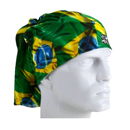
Bandana
Buff or similar
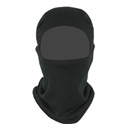
Balaclava
To protect your face on summit push
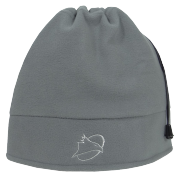
Hat
Woollen hat or similar for cold days
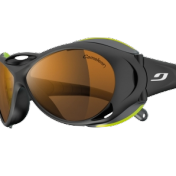
Sunglasses (cat 3 or 4)
With side protection to fit your face
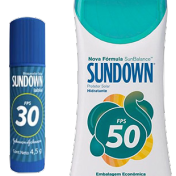
Sunscreen and lip balm
30 FPS or more
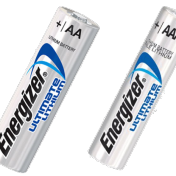
Batteries
AA or AAA batteries depending on your headtorch. Can be purchased in local store.
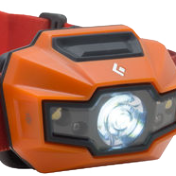
Headtorch
Working headtorch and spare batteries
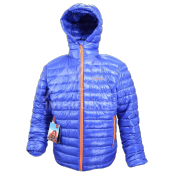
Light down jacket
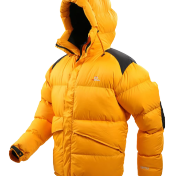
Summit Down Jacket
Heavy hooded down jacket for cold conditions
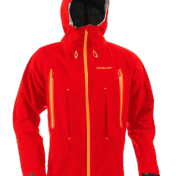
Snowproof jacket
A good snow, rain and windproof jacket
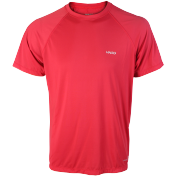
T-shirt
Synthetic fibre long or short sleeve t-shirt
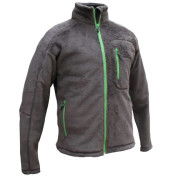
Fleece jacket
Used alone or as part of a layer system for better performance
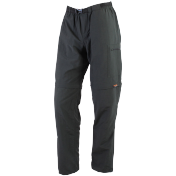
Trekking pants
Light trekking pants
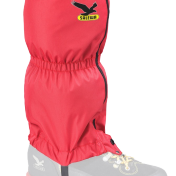
Gaiters
For snow, sand or scree terrain
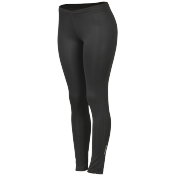
Base layer pants
For very cold days and summit push
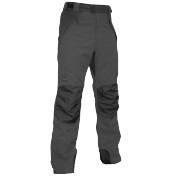
Snowproof pants
Goretex or similar pants will be used for high wind or during snow conditions
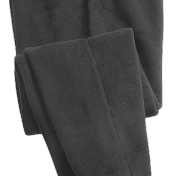
Fleece Pants
Fleece, polartec or similar. To be used with other layers for very cold conditions
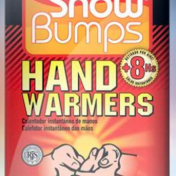
Hand warmers
Chemical hand warmers for the summit push.
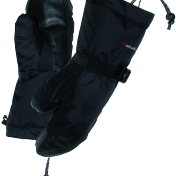
Mittens
Thick down mittens for summit push
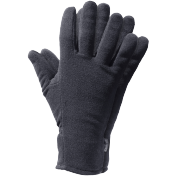
Gloves
Fleece or polartec gloves for every day use
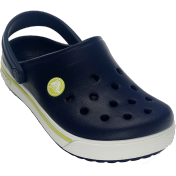
Sandals or crocs
Sandals or crocs for river crossing or hanging around camp
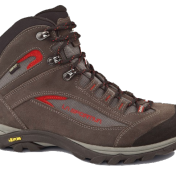
Trekking boots
Waterproof trekking boots, try wearing them before the expedition
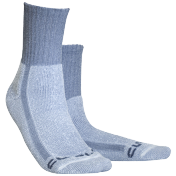
Trekking socks
Good thick trekking socks
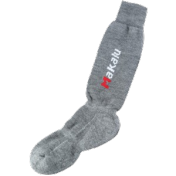
Thick expedition socks
For summit day
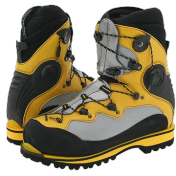
Double boots
A pair of double or double plastic boots such as Koflach Exped, Koflach Vertical, Asolo Ottomilla, Asolo AFS, Trezetta, Scarpa Vega, Scarpa Inferno, La Sportiva Baruntse, Olympus Mons, La Sportiva Spantik, Scarpa Phantom, La Sportiva G2.
Single layer boots such as La Sportiva Nepal XT, EVO, Batura or Boreal Latok, ARE NOT SUITABLE.
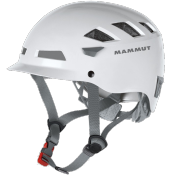
Helmet
A light helmet with enough room for your clothing
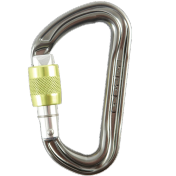
Locking carabiner
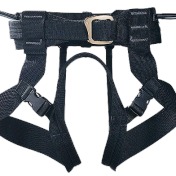
Harness
A good light alpine harness
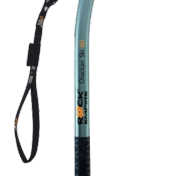
Ice axe
A traverse ice axe (piolet). Can be a straight tool or slightly curved.
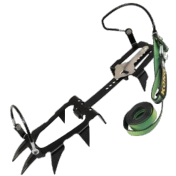
Crampons
Crampons with antibott system
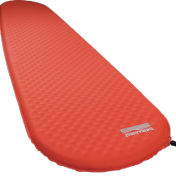
Inflatable matress
An inflatable mattress and its repair kit
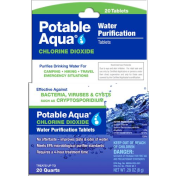
Water purifying tables/drops
A reliable way to treat water
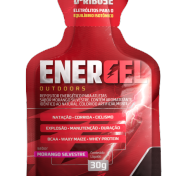
Carbo gels
These gels help out on recovery
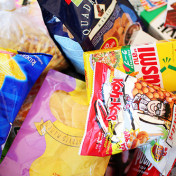
Snacks
Salty snacks, sweets, etc. Any sort of tasty ready food as complement. On high altitude mountains we don’t normally worry about vitamins and proteins as these kinds of food are too hard to digest. You can buy all these in a local market.
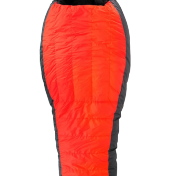
Sleeping Bag
A good down sleeping
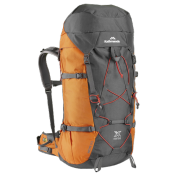
Rucksack
A decent rucksack with hip belt and rain cover
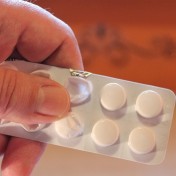
Altitude medicine
Our guides already have pretty much any drugs you might need during any trip. However, it would be great if you could have a spare tab of the most used drugs:
Ibuprofen (Advil)– This is an anti-inflammatory and works great for high altitude head aches
Loperamide (Imodium) – controls diarrea (not to be used in case of digestive infections. Ask our guides)
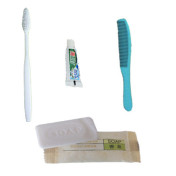
Personal Hygiene kit
Soap, tooth brus, come, etc
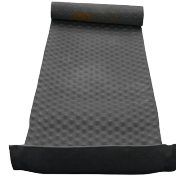
Sleeping mattress
We prefer taking 2 foam sleeping mattress because of sharp rocks. If you have an inflatable mattress you should also bring a foam mattress to protect the inflatable one against sharp rocks. Don’t forget bringing a repair kit if you have an inflatable mattress.
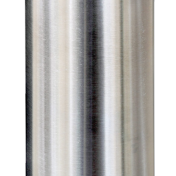
1 litre thermos
Metallic good quality 1 litre thermos for the summit push. You must have one. Please do not bring smaller ones.
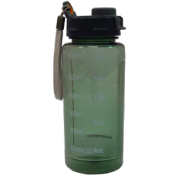
Water bottle
Nalgene 1 litre bottles or similar are great for expeditions! We prefer to not use camelbacks as its hose pipe might freeze
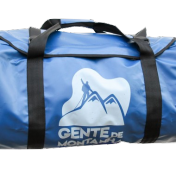
Duffel Bag
Used to transport or store your equipment. In many cases, we transport your personal gear on animals and we don’t want your equipment to get wet or have mule smell…
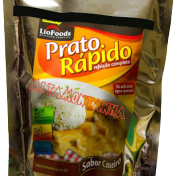
Freeze dried food
Freeze dried or dry food for high camp
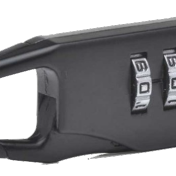
Padlock
To lock your duffel during transportation
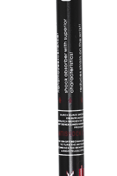
Trekking poles
Gives you more stability during walk and summit push.
Expedition cost from U$ 2950 (*), contact us to know payment methods:
What’s included:
What’s NOT Included: